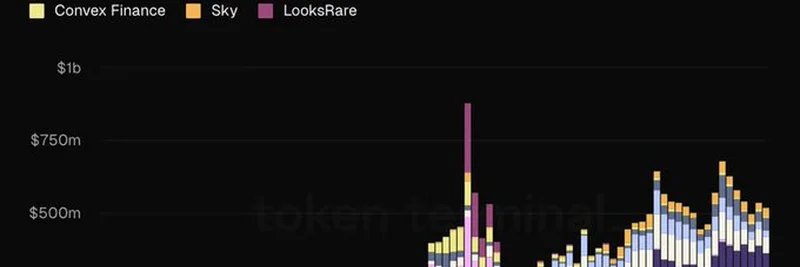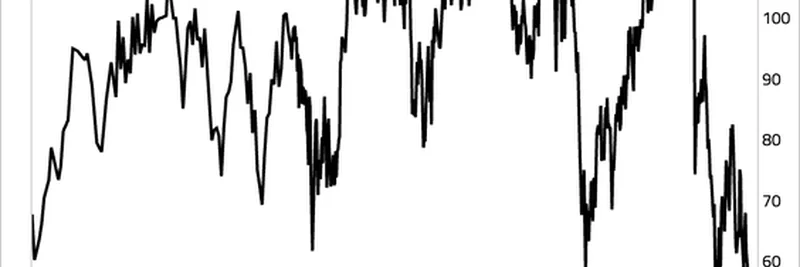Hey there, crypto enthusiasts! If you’ve been keeping an eye on the blockchain world, you’ve probably noticed some exciting changes brewing on the Ethereum network. A recent thread from Token Terminal on X dropped some fascinating insights about the Ethereum economy, and we’re diving deep into one key post that’s got everyone talking. Let’s break it down!
The Big Shift in Ethereum’s Economic Landscape
The post we’re focusing on highlights a major structural shift in Ethereum’s top GDP (Gross Domestic Product) contributors. For those new to the term, GDP in this context measures the total value of fees users pay to interact with apps on the Ethereum blockchain—think of it as the economic heartbeat of the network. Historically, NFT marketplaces like OpenSea and LooksRare were the big players driving this economy. But guess what? Stablecoin issuers are now stealing the spotlight!
The image accompanying the post tells the story beautifully:
This graph tracks the monthly GDP sum for Ethereum’s top projects from 2018 to 2025. You can see a clear spike around 2021-2022 when NFT marketplaces dominated, thanks to the NFT boom. But fast forward to 2025, and the landscape has transformed. Projects like Tether and Circle (the folks behind USDT and USDC) are now leading the charge, pushing the total Ethereum GDP to an impressive $26 billion all-time high.
Why the Switch to Stablecoins?
So, what’s behind this shift? Stablecoins are digital currencies pegged to stable assets like the US dollar, making them a go-to for transactions, savings, and even DeFi (Decentralized Finance) activities. Their reliability and widespread use have made them a cornerstone of the Ethereum ecosystem. The thread notes that stablecoin issuers now account for over 43% of all-time GDP, with their market share jumping to 63.4% in 2025 alone. That’s a huge leap!
Meanwhile, NFT marketplaces, which once thrived on the hype of digital collectibles, have taken a backseat. The graph shows their contribution flattening out, while stablecoins and other DeFi projects like Uniswap and Lido Finance keep the growth momentum going. This shift reflects a maturing Ethereum economy where practical, everyday use cases are outpacing speculative trends.
What Does This Mean for the Future?
This change is a big deal for blockchain practitioners and investors alike. Stablecoins’ dominance suggests a move toward more stable, utility-driven applications on Ethereum. If you’re into meme tokens or other speculative assets, this might signal a need to diversify into projects with real-world utility. For developers, it’s a hint to build apps that integrate seamlessly with stablecoin ecosystems—think payment solutions or cross-border transfers.
The thread also ties this to broader trends, like the growing importance of DeFi protocols and liquid staking platforms. It’s a reminder that the Ethereum economy is evolving, and staying updated with tools like Token Terminal can give you an edge.
Wrapping Up
The Ethereum economy is undergoing a fascinating transformation, with stablecoins like Tether and Circle leading the GDP charge. This shift from NFT marketplaces to utility-driven projects highlights the network’s adaptability and growth. Whether you’re a casual observer or a blockchain pro, keeping an eye on these trends can help you navigate the ever-changing crypto landscape.
Got questions or want to dive deeper? Drop a comment below or check out more insights on meme-insider.com. Let’s keep the conversation going!


